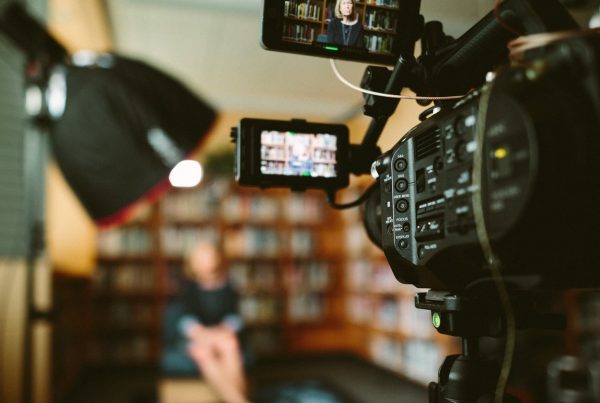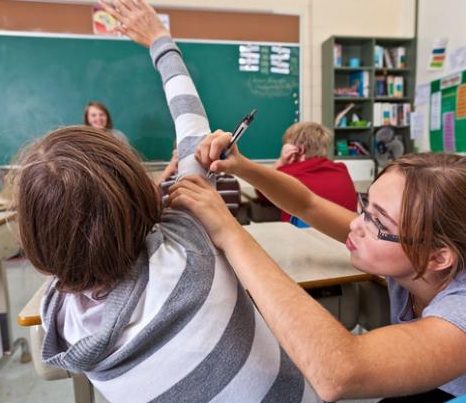 The last three days have involved three media training sessions, with the same three anxieties about journalists: bias, shallowness, inaccuracy.
The last three days have involved three media training sessions, with the same three anxieties about journalists: bias, shallowness, inaccuracy.
This is not new – the complaints were loudly voiced when I was a journalist at 60 Minutes, ACA and Four Corners, but they are louder now and more insistent.
Accuracy and depth is a tougher ask for journos now – the pressures of globalisation: shrinking budgets and circulation, and expanding workloads.
Below are two solutions, but first a reference to two magnificent articles that ‘peel the onion’, examining shallowness and bias in journalism.
- The first by Australia’s Barry Jones who discussing shallowness states, “…politics has been reported as a subset of the entertainment industry, in which it is assumed that audiences look for instant responses and suffer from short-term memory loss. Politics is treated as a sporting contest, with its violence, personality clashes, tribalism and quick outcomes.”
- The next is in The Economist where the writer, in discussing bias, examines the problem of “… ‘false balance’, or how reporters give equal weight to both sides of an argument even when one side is factually incorrect. As the writer states, “ a vitriolic quote from each side and a punchy headline is all that is needed to feed the news machine. Who cares if substance and analysis are thrown to the wind? Journalism is a commodity. ”
Two solutions
- If you want to work with journalists and you want accuracy, go here, for ‘How to correct a journalist’s mistake’,.
- You don’t need to ask a journalist to write your story – do it in your own social media and by-pass the fourth estate altogether. Is your social media up to speed? (see more on that here).





